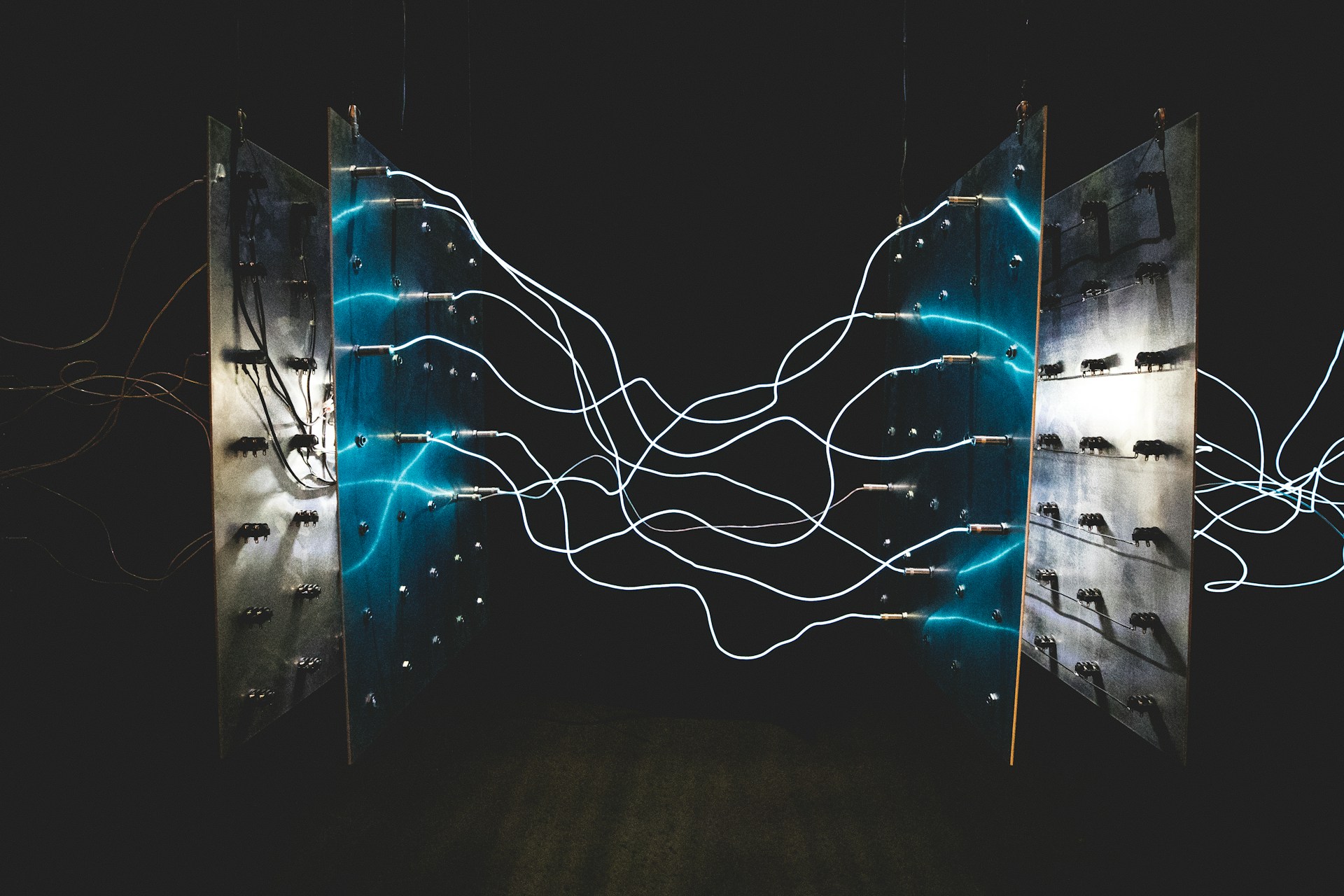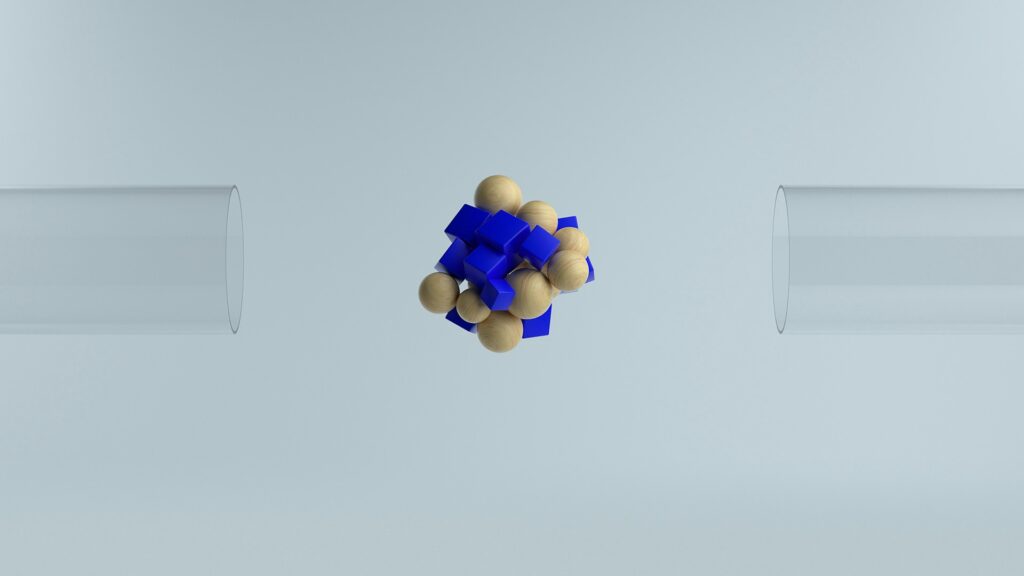The chemical reaction that splits water into hydrogen and oxygen is roughly eight times more effective when using a composite material built in three layers, according to a study by researchers at Linköping University in Sweden. This advance could help drive the sustainable production of hydrogen fuel directly from sunlight. The research, published in the Journal of the American Chemical Society and can be found here:
Zeng, H., Yoshioka, S., Wang, W., Han, Z., Ivanov, I. G., Liang, H., Darakchieva, V., & Sun, J. (2025). Manipulating Electron Structure through Dual-Interface Engineering of 3C-SiC Photoanode for Enhanced Solar Water Splitting. Journal of the American Chemical Society, 147(17), 14815–14823. https://doi.org/10.1021/jacs.5c04005
Heavy transport modes such as trucks, ships and aircraft cannot easily adopt large batteries, even as the EU moves to ban new petrol and diesel cars from 2035. For these sectors, hydrogen offers a high-energy, clean alternative if it can be produced efficiently using renewable inputs. Jianwu Sun, associate professor at Linköping University said:
“Passenger cars can have a battery, but heavy trucks, ships or aircraft cannot use a battery to store the energy. For these means of transport, we need to find clean and renewable energy sources, and hydrogen is a good candidate,”
Earlier work showed that cubic silicon carbide (3C-SiC) can absorb sunlight and generate charge carriers needed for water splitting. However, 3C-SiC alone suffers from rapid recombination of electrons and holes, which limits its conversion efficiency.
To address this, the Linköping team engineered a stratified structure—Ni(OH)₂ on a Co₃O₄ layer atop 3C-SiC—designated Ni(OH)₂/Co₃O₄/3C-SiC. In this arrangement, the 3C-SiC base absorbs sunlight to generate electrons and holes. The cobalt oxide intermediate guides electrons away, while the nickel hydroxide cocatalyst provides active sites that lower the energy barrier for water oxidation.
By creating two interfaces—between 3C-SiC and Co₃O₄, and between Co₃O₄ and Ni(OH)₂—the material develops internal electric fields that steer charges apart and curb recombination losses. This dual-interface engineering yields a type-II heterojunction conducive to efficient charge separation. Jianwu Sun said:
“It’s a very complicated structure, so our focus in this study has been to understand the function of each layer and how it helps improve the properties of the material. The new material has eight times better performance than pure cubic silicon carbide for splitting water into hydrogen,”
Currently, most photochemical water-splitting systems achieve solar-to-hydrogen efficiencies of just 1–3 percent. Commercial viability generally requires about 10 percent efficiency to compete with conventional electrolysis driven by renewables.
The new photoanode already reaches eight times the performance of bare 3C-SiC and moves toward that 10 percent goal. Lead author Jianwu Sun suggests further material refinement and scale-up could bridge the remaining gap within five to ten years.
Fabrication relies on precision thin-film techniques: growing ultrathin Co₃O₄ layers on polished 3C-SiC wafers, followed by controlled deposition of Ni(OH)₂ at the nanoscale. In this way, there is good interfacial matching and allowable band alignment to support prolonged charge transport.
Other wide-bandgap semiconductors beyond silicon carbide can also be the target of multilayer heterostructures. Researchers can now design custom photoanodes through the adjustment of compo-sitions and catalysts as well as the thicknesses of layers to suit the needs of things such as solar- fuel generation and environmental applications.
The team spans universities and national laboratories across Europe and Asia. Hui Zeng and Ivan G. Ivanov are based at the Department of Physics, Chemistry and Biology (IFM) at Linköping University, where Jianwu Sun leads the project as associate professor and corresponding author. Vanya Darakchieva from Lund University. Satoru Yoshioka of Kyushu University’s Department of Applied Quantum Physics and Nuclear Engineering. Weimin Wang from the MAX IV Laboratory in Lund handled synchrotron-based analyses. From Dalian University of Technology’s School of Integrated Circuits, Zhongyuan Han and Hongwei Liang.

Hassan graduated with a Master’s degree in Chemical Engineering from the University of Chester (UK). He currently works as a design engineering consultant for one of the largest engineering firms in the world along with being an associate member of the Institute of Chemical Engineers (IChemE).



